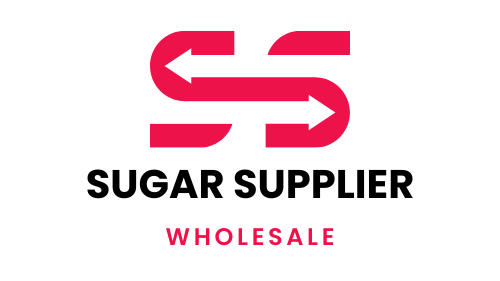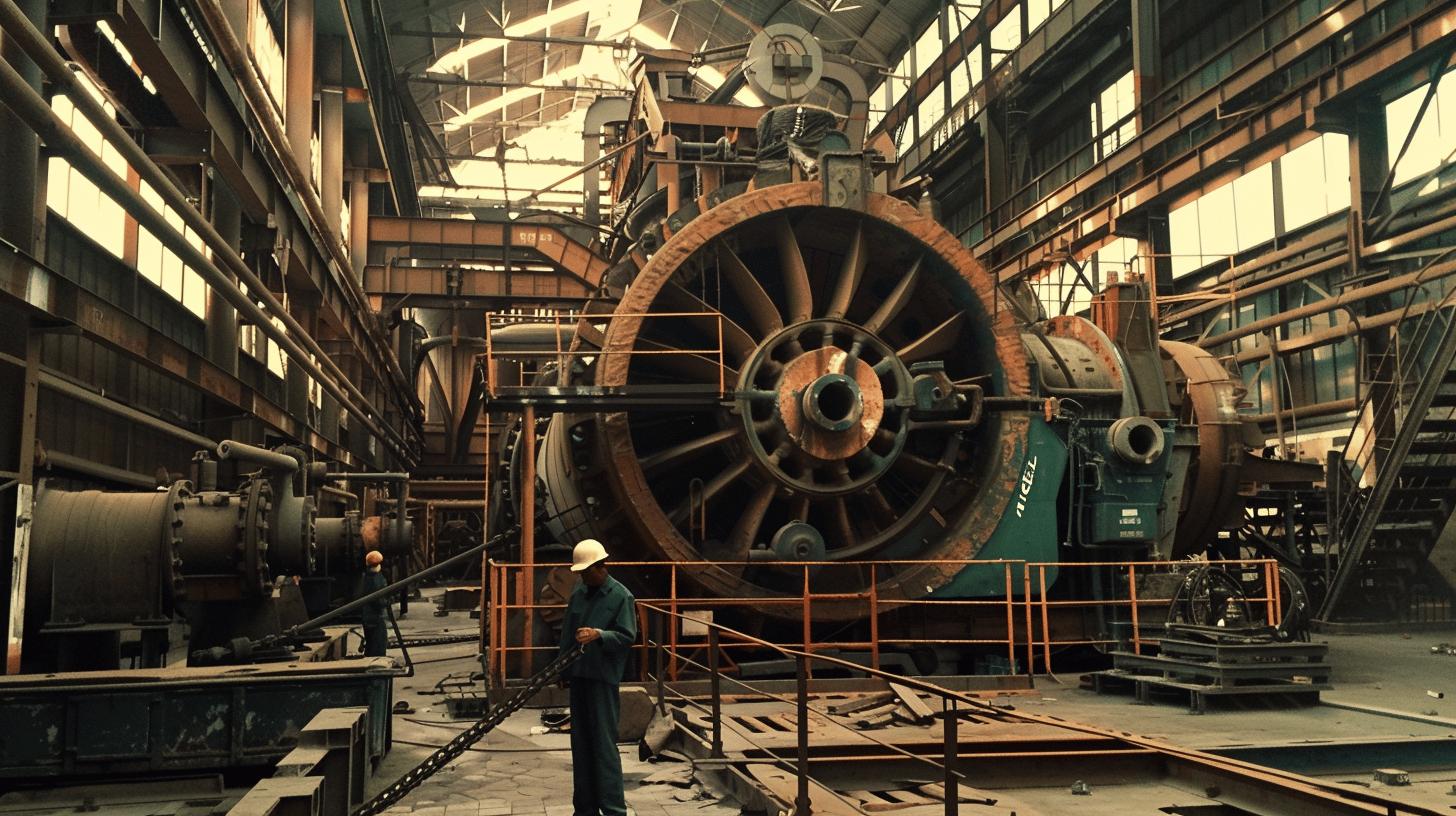Is the industrial sugar market in Bangladesh headed towards a major transformation due to its shift from state to private control? This significant transition is reshaping market dynamics, influencing both competition and pricing strategies. Major players like MGI and City Group now dominate the import sector, controlling around 40.5% and 28.5% of the raw sugar imports, respectively. As private entities take the helm, they bring new efficiencies and competitive pressures. The upcoming analysis will delve into these market trends, offering a comprehensive overview of how these shifts impact Bangladesh’s industrial sugar sector.
Current Trends in the Industrial Sugar Market in Bangladesh
The industrial sugar market in Bangladesh is currently experiencing a significant transition from state to private control. This shift is reshaping market dynamics by reducing the influence of state-run entities and allowing private firms to play a more pivotal role. Such a transition is anticipated to enhance operational efficiency and responsiveness to market demands, leading to a more competitive environment.
- MGI: 40.5% of raw sugar imports
- City Group: 28.5% of raw sugar imports
The emergence of major importers like MGI and City Group as dominant players is influencing the competitive landscape and pricing in the industry. With MGI controlling 40.5% of raw sugar imports and City Group holding 28.5%, these entities are positioned to leverage their import capacities to influence pricing strategies and supply chain decisions. This dominance is likely to foster a competitive environment, encouraging both innovation and efficiency improvements among other market participants. As a result, the pricing of sugar in Bangladesh may become more volatile, reflecting the dynamic interplay between supply, demand, and import activities led by these key players.
Economic Impact and Market Size of Sugar in Bangladesh

State-run sugar mills in Bangladesh have set ambitious plans to increase production by 45% for the fiscal year 2024-25. This planned surge in sugar production is anticipated to have significant economic repercussions. By increasing production, the country aims to reduce reliance on imported sugar, thereby improving the trade balance and potentially lowering domestic sugar prices. Enhanced production capabilities could lead to increased employment opportunities within the sector, fostering economic development at the local level.
| Factor | Impact |
|---|---|
| Inefficiencies | Reduced profitability due to outdated technology and processes. |
| High Operational Costs | Increased expenses lead to higher sugar prices, affecting competitiveness. |
| Profitability | Profit margins are squeezed by high costs and inefficiencies. |
| Market Size | Potential expansion with increased production, yet constrained by inefficiencies. |
The interplay of inefficiencies and high operational costs continues to hinder the profitability of the local sugar industry. As production increases, the market size has the potential to expand, but these underlying challenges may limit growth. The industry’s ability to modernize and streamline operations will be crucial in determining its future market size and economic impact. Addressing these inefficiencies and costs is essential for the industry to fully capitalize on its production potential and improve its competitive stance in both local and international markets.
Regulatory Environment Affecting Bangladesh's Sugar Industry
Current government regulations significantly shape the sugar industry's profitability and sustainability in Bangladesh. Regulations governing pricing, import duties, and production quotas create a structured environment that impacts operational efficiency and cost management. These regulatory frameworks often hinder the industry's ability to adapt swiftly to market changes, leading to increased operational costs and reduced competitiveness. Government policies aimed at protecting local producers sometimes inadvertently lead to inefficiencies, as they may not encourage modernization or innovation, further affecting the industry's overall performance.
- Reduction of import duties to lower raw material costs.
- Implementation of incentives for modernizing production technologies.
- Streamlining regulatory processes to reduce bureaucratic inertia.
- Encouraging public-private partnerships to foster innovation.
Strategic interventions through policy reforms have the potential to enhance the competitiveness of Bangladesh's sugar industry. By reducing import duties, the cost of raw materials can be lowered, making local production more cost-effective. Incentives for upgrading technology and production processes would encourage modernization, leading to better efficiency and product quality. Streamlining regulatory processes can reduce bureaucratic delays, allowing for more agile industry responses to market demands. Furthermore, fostering public-private partnerships can drive innovation, enabling the industry to better compete on a global scale.
Supply Chain Dynamics and Import-Export Trends

In Bangladesh's industrial sugar market, the supply chain dynamics are heavily influenced by major importers such as MGI and City Group. These key players dominate the import landscape, with MGI accounting for 40.5% and City Group for 28.5% of raw sugar imports. This dominance not only highlights their significant role in the supply chain but also underscores their ability to influence market prices and availability. The concentration of import activities among a few large enterprises can lead to supply chain bottlenecks, particularly when global supply disruptions occur. Such dynamics necessitate robust logistics planning and diversification of supply sources to mitigate risks.
- A surge in sugar exports to Afghanistan from Pakistan, with a 2,244% increase, affects regional trade dynamics.
- Efforts to stabilize sugar prices within Bangladesh amid fluctuating import levels.
- Transition towards private control in the Bangladeshi sugar market, impacting import policies and practices.
- Fluctuations in global sugar prices influencing local supply chain strategies.
These import-export trends are reshaping trade dynamics in the region. The significant increase in sugar exports from Pakistan to Afghanistan influences the regional sugar trade by potentially altering supply routes and availability. This dynamic affects Bangladesh's sugar market by impacting import policies and the competitive landscape. As Bangladesh's market transitions to more private control, import practices may become more aligned with global trends, allowing for adaptive responses to international price fluctuations. The interplay between local stabilization efforts and regional trade shifts underlines the importance of strategic planning in maintaining a balanced sugar supply chain.
Key Players and Competitive Landscape in Bangladesh's Sugar Market
MGI and City Group stand out as pivotal market players in Bangladesh's sugar industry. Their significant import shares, with MGI holding 40.5% and City Group 28.5% of raw sugar imports, position them as dominant forces in the market. These companies not only influence import volumes but also play a crucial role in shaping the supply chain dynamics and pricing strategies within the industry.
The transition from state to private control is fundamentally reshaping the competitive landscape of Bangladesh's sugar market. With the privatization of import and production processes, competition is expected to intensify, driving efficiency and innovation among market participants. The decreased influence of state-run entities allows for a more agile response to market demands, fostering a dynamic environment where private firms can leverage technological advancements and strategic partnerships. This shift is likely to lead to more competitive pricing and enhanced product offerings, ultimately benefiting consumers and encouraging further industry growth.
Growth Opportunities and Challenges in Bangladesh's Sugar Market

The sugar industry in Bangladesh is currently facing significant challenges, primarily driven by production inefficiencies and high operational costs. These issues are largely attributed to outdated technology and processes that impede productivity and increase expenses. Such inefficiencies reduce the industry's competitiveness both locally and internationally, leading to constrained profit margins and limited capability to meet market demands efficiently. Addressing these challenges is critical for the industry's sustainability and growth.
- Innovation in Production: Introducing advanced technology and modernizing production facilities can significantly enhance efficiency and output quality.
- Market Diversification: Exploring new markets and expanding export opportunities can mitigate risks associated with domestic market fluctuations.
- Sustainability Initiatives: Implementing eco-friendly practices and sustainable resource management can attract environmentally conscious consumers and investors.
- Research and Development: Investing in R&D can foster product innovation and improve sugarcane yield and quality.
Investment opportunities in Bangladesh's sugar sector are promising, particularly in areas focusing on technological advancements and sustainable practices. Investors can capitalize on the increasing demand for high-quality sugar products by supporting initiatives aimed at modernizing production facilities. Such investments not only improve operational efficiency but also align with global trends towards sustainability, making the sector more attractive to both local and international stakeholders. Additionally, encouraging public-private partnerships can facilitate access to advanced technologies and expertise, further enhancing the industry's growth prospects. By focusing on these areas, investors can play a pivotal role in revitalizing the sugar market in Bangladesh, positioning it for long-term success and competitiveness.
Industrial Uses and Major Consumers of Sugar in Bangladesh
The food and beverage industries are the primary consumers of industrial sugar in Bangladesh. These sectors rely heavily on sugar as a fundamental ingredient in their production processes. Sugar is used extensively in manufacturing various food products such as confectioneries, baked goods, and dairy items. In the beverage industry, sugar is crucial for producing soft drinks, juices, and other non-alcoholic beverages. The consistent demand for sugar from these industries highlights its vital role in maintaining product quality and meeting consumer preferences.
| Industry | Use |
|---|---|
| Food | Confectioneries, baked goods, dairy products |
| Beverage | Soft drinks, juices, non-alcoholic beverages |
| Pharmaceutical | Medicinal syrups, supplements, coatings |
The significance of sugar to the food and beverage industries cannot be overstated. It affects production costs and pricing strategies, directly impacting the competitiveness and market positioning of manufacturers. High-quality sugar is essential for producing appealing tastes and textures, which are critical to consumer satisfaction and loyalty. Consequently, the industrial sugar market's stability and pricing are key concerns for these industries, as fluctuations can lead to cost challenges and influence the final product's pricing.
Final Words
In the evolving Industrial Sugar Market in Bangladesh, major shifts from state to private control are reshaping market dynamics. Dominant players like MGI and City Group lead imports, significantly influencing pricing and competition. While planned increases in state-run sugar production aim to boost economic impact, challenges persist due to inefficiencies and regulatory constraints. Strategic policy reforms and supply chain adjustments present key growth opportunities. The food and beverage sectors remain critical, sustaining market demand. This dynamic environment offers both challenges and potential for growth, signaling a promising future for stakeholders involved.
FAQ
How many sugar industries are there in Bangladesh?
There are 15 state-owned sugar mills and several private factories operating within Bangladesh's sugar industry.
What is the demand for sugar in Bangladesh?
The demand for sugar in Bangladesh is estimated to be around 2.5 million metric tons annually, driven mostly by the food and beverage industries.
Which is the largest sugar mill in Bangladesh?
The largest sugar mill in Bangladesh is Joypurhat Sugar Mills, prominently owned by the government, playing a significant role in local production.
What are the problems and prospects of the sugar industry in Bangladesh?
The sugar industry in Bangladesh faces challenges like high production costs and inefficiencies. Prospects lie in modernization and policy reforms to enhance efficiency and competitiveness.

